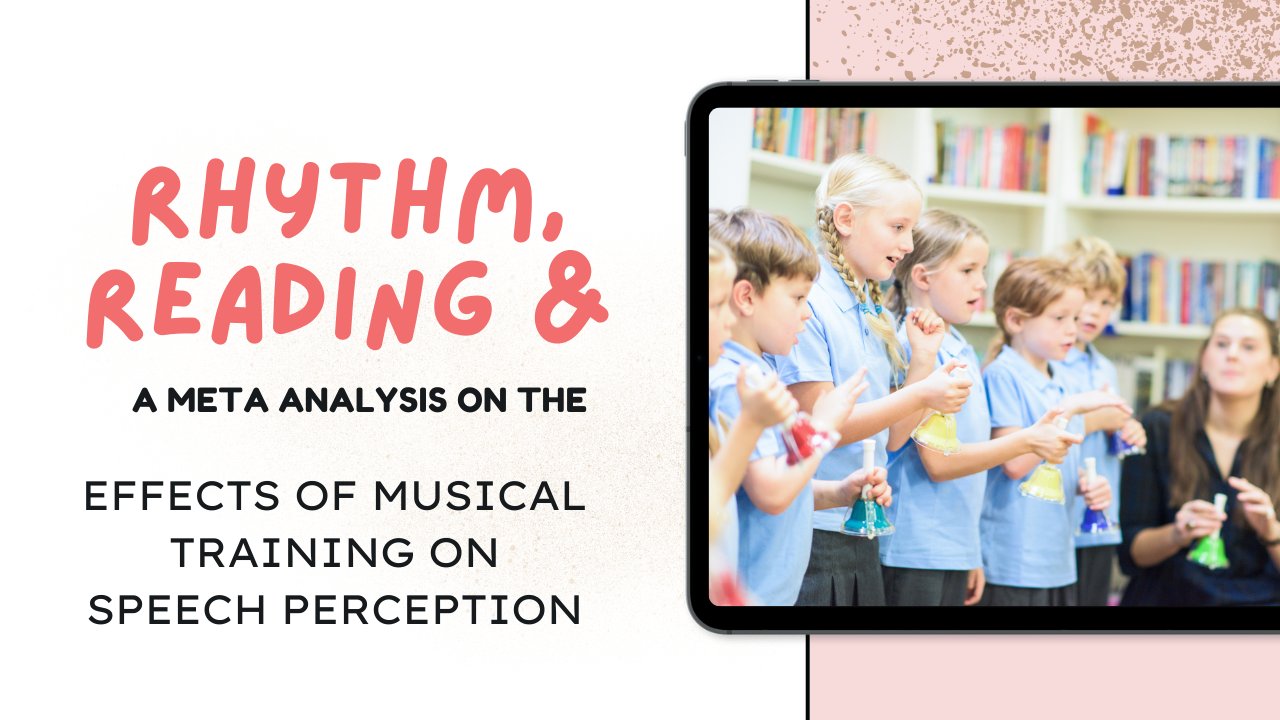Rhythm, reading & transformation: Observing change in deep structures
In 2012, there was a drive to depict educational service providers like me as ‘snake oil merchants’ who were ‘circling schools like sharks’. The emotive language was then followed by the simple question, ‘What Works?’ This messaging wasn’t only being broadcast in social and mainstream media here, but also in Malaysia where our education system has influence, and phrases such as ‘drain the swamp’ were having an impact on those offering education services.
Emotional contagion spreads like 'wild fire' when it is sparked by fear and suspicion. Researchers at the time established that fear-based emotional contagion was effective in the online space as well offline. Of course, we now know that social media is able to respond to how users are feeling and exploit their emotional state when pushing adverts. And we also know that young people have been affected by this. Since 2012, the results of the ‘big experiment’ to deliver the curriculum using screens and tablets rather than paper and books, are in, and The Guardian Newspaper recently reported that a counter current is growing in strength with Denmark and Sweden considering a return to books, pens and paper.
A similarly drastic change in society took place in Western Europe 2000 years ago. Religious authorities collaborated with political elites and reframed the traditional seasonal celebrations that took place regularly throughout the year. They also went further and suppressed rhythm in the form of music, dancing and singing. The repetitive rhythmic patterns of traditional dances and lyrical phrasing of epic poems and ballads were replaced by long sinewy threads that distorted rhythmic proportion and balance; the descendants of this type of chant, 'plainsong' are in still use in monasteries of today.
Rhythm underlies all aspects of our biology. From our heartbeat and breathing, to the protein clocks in individual biological cells within the body, we can see that rhythm underpins all biological processes, including those involved in communication and engagement. Rhythm is also the foundation of our health. Drugs companies know this and prescribe a dose of medicine at regular and specific times of the day for this very reason.
The way we express ourselves and communicate with others is also rhythmic. We know there is a comfortable back and forth in a social interaction and within every phrase there is a precise rhythmic structure. It is not particularly hidden, but in the classroom, it is definitely neglected, whereas the more superficial layers of communication such as spelling, punctuation and grammar are assessed and taught in a systematic and explicit way.
It shouldn’t be surprising that improving children’s sensitivity to rhythm would help their focus, phonemic awareness, reading fluency, accuracy and comprehension, but in most schools where I have delivered Rhythm for Reading, there is an understandable feeling of skepticism when I address staff in a twilight training about rhythm. My role is to help to reframe rhythm and to help everyone to understand that it is impactful because it is part of our biology.
In the first two weeks of delivering the programme, it can take a few minutes for children to come out of the classroom because they are finishing off a piece of work. However, in week three of the programme, the effects are visible. Teachers having seen the improvement in the children's focus, their engagement, their listening, release them from the classroom straight away. In some cases the children are waiting with a teaching assistant to come into my room and I don’t even need to collect them.
At this point the teachers say they can see the change. As you can imagine I am always so happy to receive this kind of feedback because it is very important to me that teachers see these children, who they were worried about, transforming in front of their very eyes. It's not unusual for school leaders to ask enthusiastically,
Can we do this more than once a week?
I have tested whether this helps - and it doesn’t, it seems that the weekly ‘dose’ allows the right amount of time for assimilation.
When school leaders of a secondary school observed a Rhythm for Reading session in week two, they were astonished to see that the children (who were disengaged in the classroom) retained information about the names of notes for a whole week and recalled them immediately. The children all put up their hands. They all knew the answers. They were desperate to be chosen to answer. They were in year seven and baseline assessment showed that for some, their reading age was four years below expectation. The leaders in the room looked at each other and said,
This is happening after just one week. And it was only a ten minute session.
When primary school leaders observed a session in the middle of the programme in week five, they could see the children were reading music fluently and were synchronized as they moved their hands and feet. The background music was evocative and the children were immersed in a sound world of dolphins or dinosaurs. After the session, the senior leaders said to me,
“This is unlike anything else. It’s completely different.”
The children returned to class after ten minutes, so they hadn't lost a huge amount of curriculum time, but this small investment in rhythm had leverage. Rhythm for Reading is not like other reading interventions with expensive folders, workbooks, training days and marketing budgets. It’s just a return to simple natural rhythm which has been lying dormant and untapped in the child's nervous system.
Here’s what a KS2 phase leader said about Rhythm for Reading,
"We’ve been working together for about ten years with Marion and the biggest thing that we notice with the children, is their change in confidence, seeing themselves as readers after just six weeks of doing the programme. Children that were reluctant to pick up a book, reluctant to read, reluctant to do anything around reading see themselves as readers, want to read, and start enjoying reading because they internalize the kind of - almost - magic that goes on in the sessions - that shouldn’t work - but does work! It really works for the children.” (Lower KS2 phase coordinator, London)
Curious? Sign up for a webinar join my newsletter Get a free rhythm-based activity workbook, Joyful June!
Enjoy this post? Why not keep reading...





